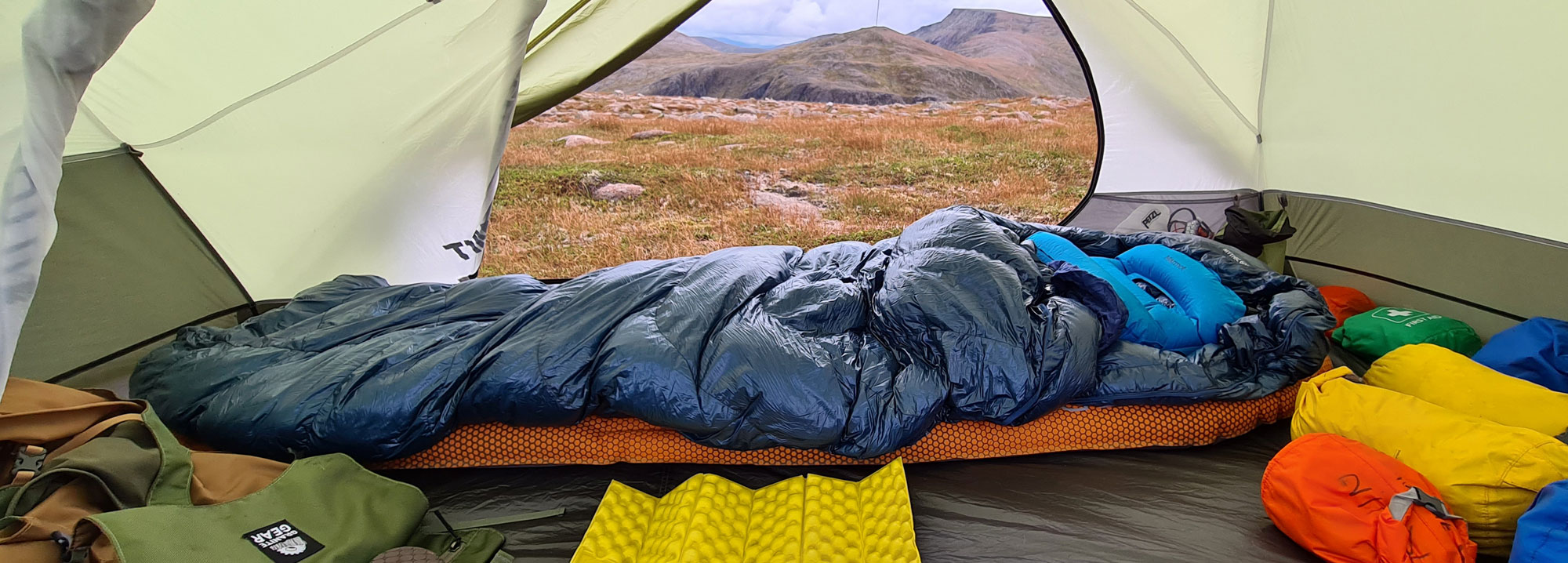Sleeping Bag Features and Construction - Page 1
May 24, 2022

Zips - Most sleeping bags are fitted with a full-length zip that runs the length of the bag almost to the foot. These zips usually have a slider at each end, allowing you to ventilate the bag from the foot end if it's too warm for the conditions. Some manufacturers make bags with zips on either the left or the right-hand side. A left-hand zip is by your left hand as you lie in the bag on your back. A left-hand zip is suited to a right-handed person as the right arm comes across the body to unzip it, whereas using the left hand to unzip a left-handed zip would be trickier. Some manufacturers only make bags with left-hand zips. Some bags don't have any zip at all to save weight, these are difficult to get in and out of. Some bags have a short zip on the side or top of the bag - again this feature saves weight. Access in and out of the bag is fine but it does not give any options to vent the bag at the bottom. Recently we have seen full length zips set slightly on the top of the bag rather than on the side - these seem easier to use. Baffles - Where there is a zip this is a potential cold spot, so, apart from very lightweight bags designed for summer use, most zips are insulated using a baffle - this is a down filled strip which sits across the zip eliminating it as a cold spot. Some higher spec bags have a double zip baffle. Sleeping bags intended for use in colder conditions will also have a shoulder baffle, this enables you to fasten the bag around your shoulders without necessarily closing up the hood. This prevents draughts and stops air circulating out of the bag taking the warmth with it. Quilting Methods - This refers to how the down compartments are constructed. Compartments are needed to keep the down in place, otherwise it would all migrate to the bottom of the bag.
|
